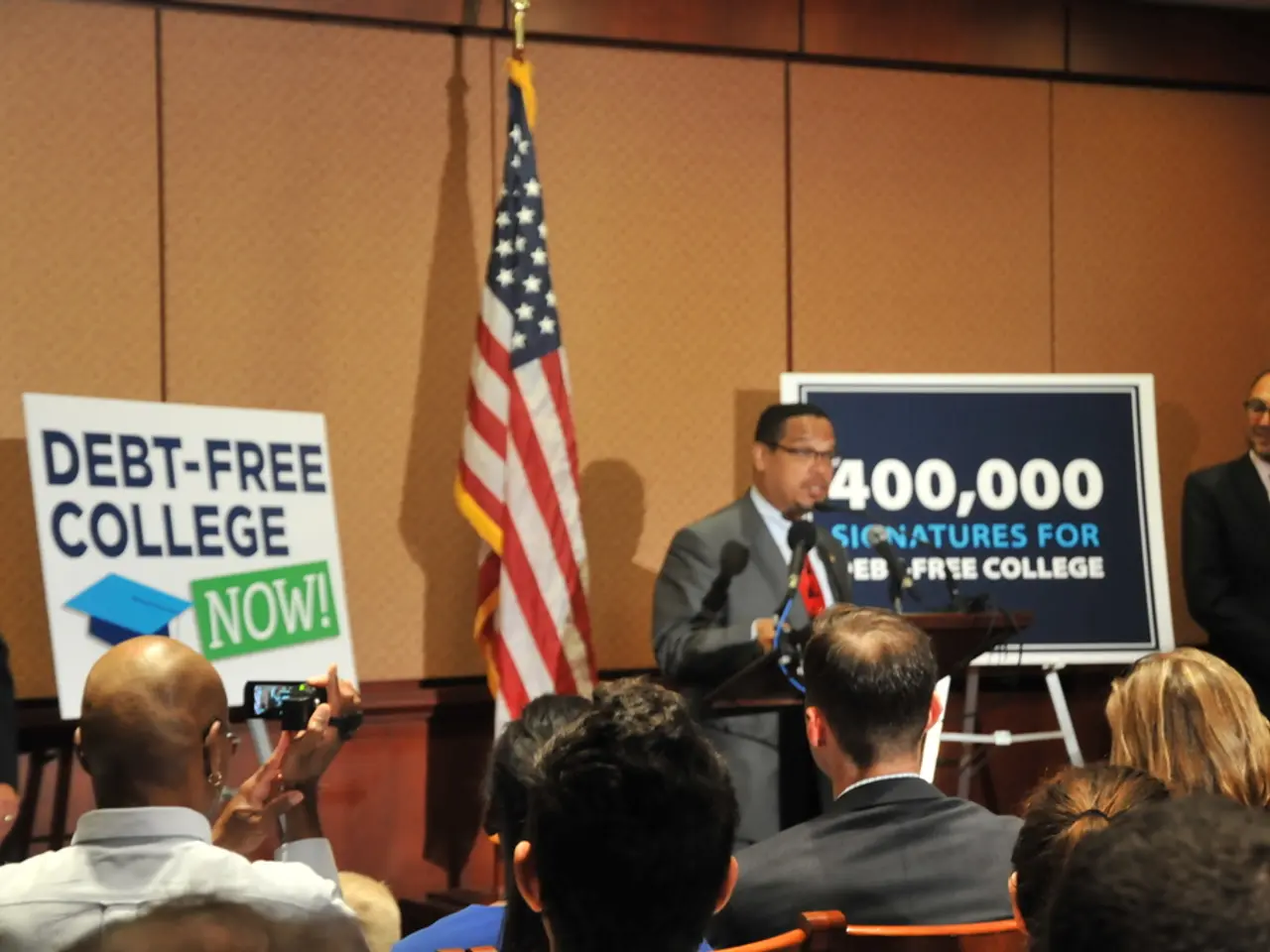BRICS currencies are not a practical substitute for the U.S. dollar
BRICS nations are systematically building financial mechanisms and expanding trade in local currencies as part of a gradual shift away from the US dollar's dominance in global finance. This move, driven by geopolitical tensions and a desire for financial sovereignty, was highlighted at the 2025 BRICS summit.
Herbert Poenisch, Senior Research Fellow at Zhejiang University, is among those closely watching these developments. The bloc's share of global SWIFT payments and cross-border bank settlements has increased, reflecting a growing financial infrastructure independent of the US dollar. Intra-BRICS trade settlement in local currencies has risen to about 90%, up from 65% two years earlier.
However, the US dollar remains deeply entrenched. While the dollar's share of official reserves has declined, this is offset by growth in dollar-denominated bank deposits and assets in emerging markets. The dollar ecosystem remains robust, limiting the speed and extent of de-dollarization. OMFIF contributors Gary Smith and Udaibir Das argue that a new Brics financial governance is highly unlikely.
One of the major issues is the settlement of imbalances, as no mechanism has been devised and no vehicle currency has been mandated. The previous Brics Pay initiative turned out to be a hoax, and the present suggestion of XRP is a cryptocurrency, abhorred by countries like China. A clearing institution like the European Payments Union after the second world war might be necessary to address this issue.
Despite these challenges, BRICS countries are making progress. The renminbi is already used in 50% of intra-Brics trade, but made up only 2% in global payments in May 2025 according to Swift. China is not willing or ready to play the role of a Brics vehicle currency. The lion's share of cross-border financial transactions is still conducted in major currencies, such as the dollar.
The article discussing these developments is part of OMFIF's second edition of The Bulletin this year, publishing on 29 July. Interested parties can subscribe to OMFIF's newsletter for more information on this topic. The renminbi made up 7% of foreign exchange transactions, well below its share in the special drawing rights basket of close to 12%. A potential replacement for the dollar's denomination function could be an artificial intelligence converting national currencies into a weighted unit, such as a basket of currencies from BRICS countries.
As of mid-2025, the BRICS bloc's ambitions face structural challenges, including the breadth of dollar usage globally, network effects, regulatory complexities, and market trust. However, the momentum towards de-dollarization is clear, and the BRICS countries are steadily working towards financial independence.
- The shift away from the US dollar's dominance in global finance by BRICS nations, driven by geopolitical tensions and a desire for financial sovereignty, is a topic that Herbert Poenisch, Senior Research Fellow at Zhejiang University, is closely monitoring.
- The bloc's share of global SWIFT payments and cross-border bank settlements has increased, reflecting a growing financial infrastructure independent of the US dollar, as indicated by rising intra-BRICS trade settlement in local currencies.
- While the US dollar remains deeply entrenched, there are concerns about de-dollarization, as pointed out by OMFIF contributors Gary Smith and Udaibir Das, who argue that a new Brics financial governance is highly unlikely due to issues like the settlement of imbalances.
- It has been suggested that a clearing institution similar to the European Payments Union after the second world war might be necessary to address these issues and devise a mechanism for settling imbalances.
- Despite structural challenges such as the breadth of dollar usage globally, network effects, regulatory complexities, and market trust, the momentum towards de-dollarization is clear, and the BRICS countries are working steadily towards financial independence, which could potentially involve an artificial intelligence converting national currencies into a weighted unit derived from BRICS countries.




